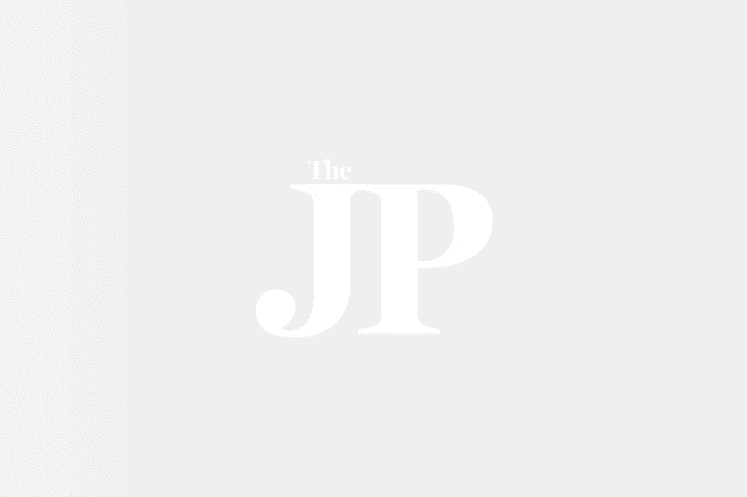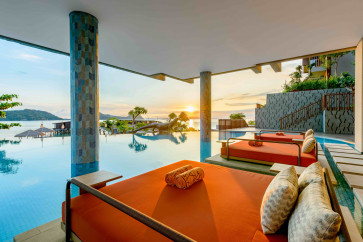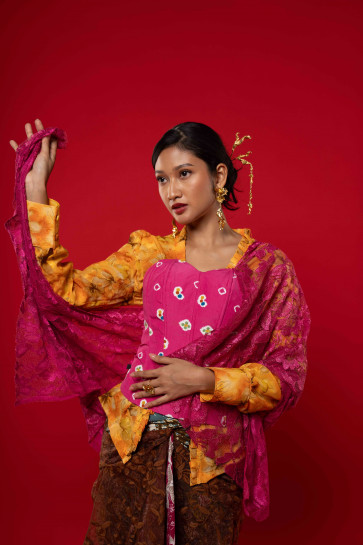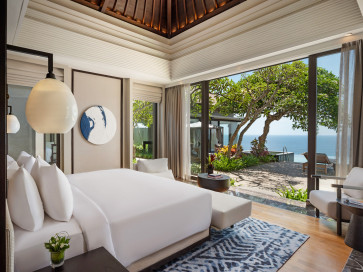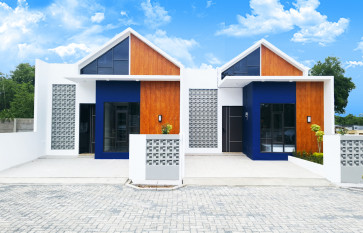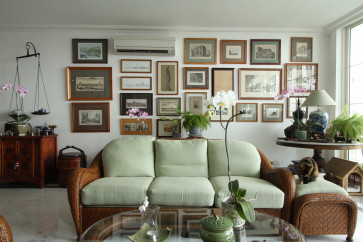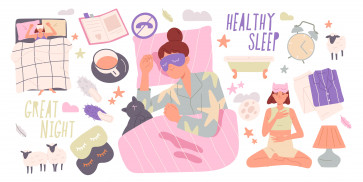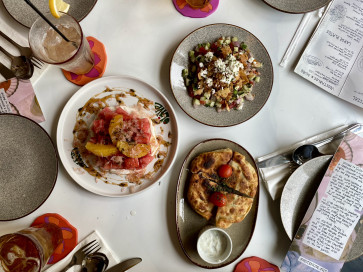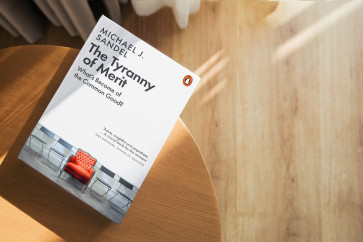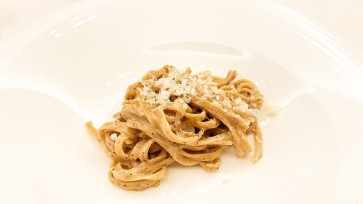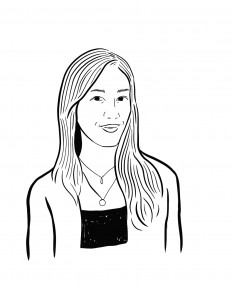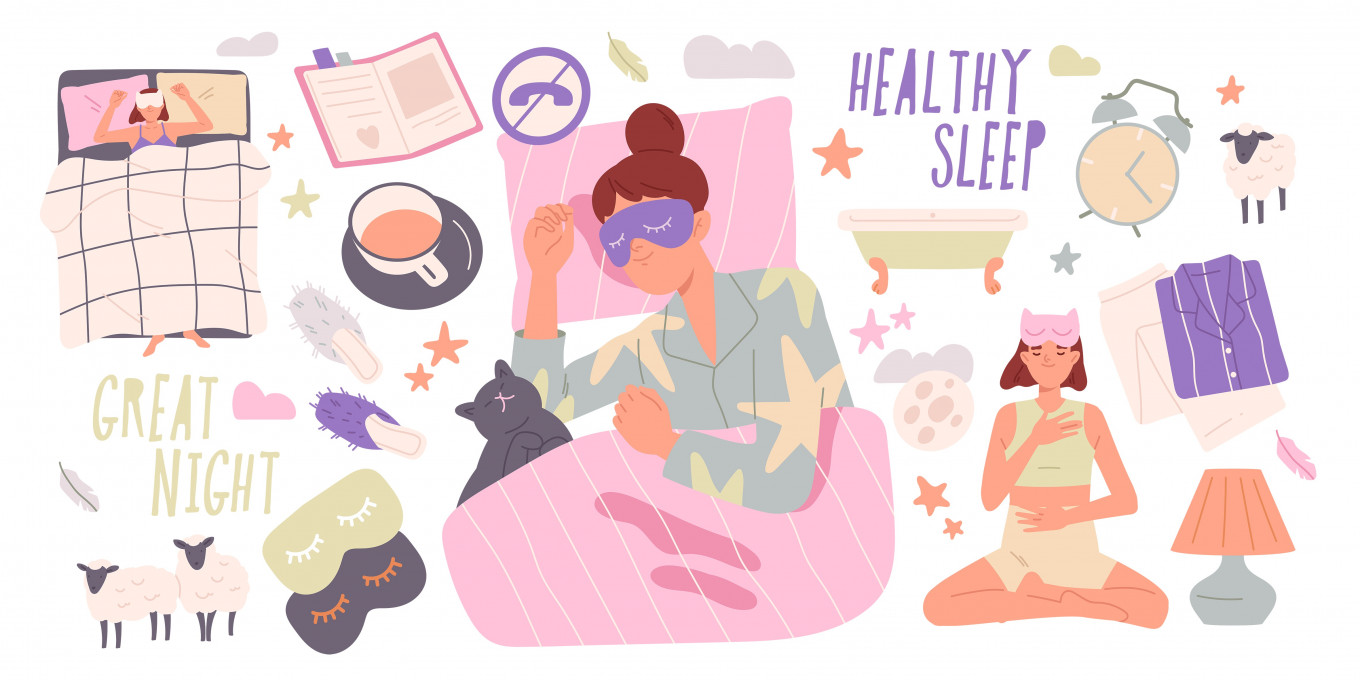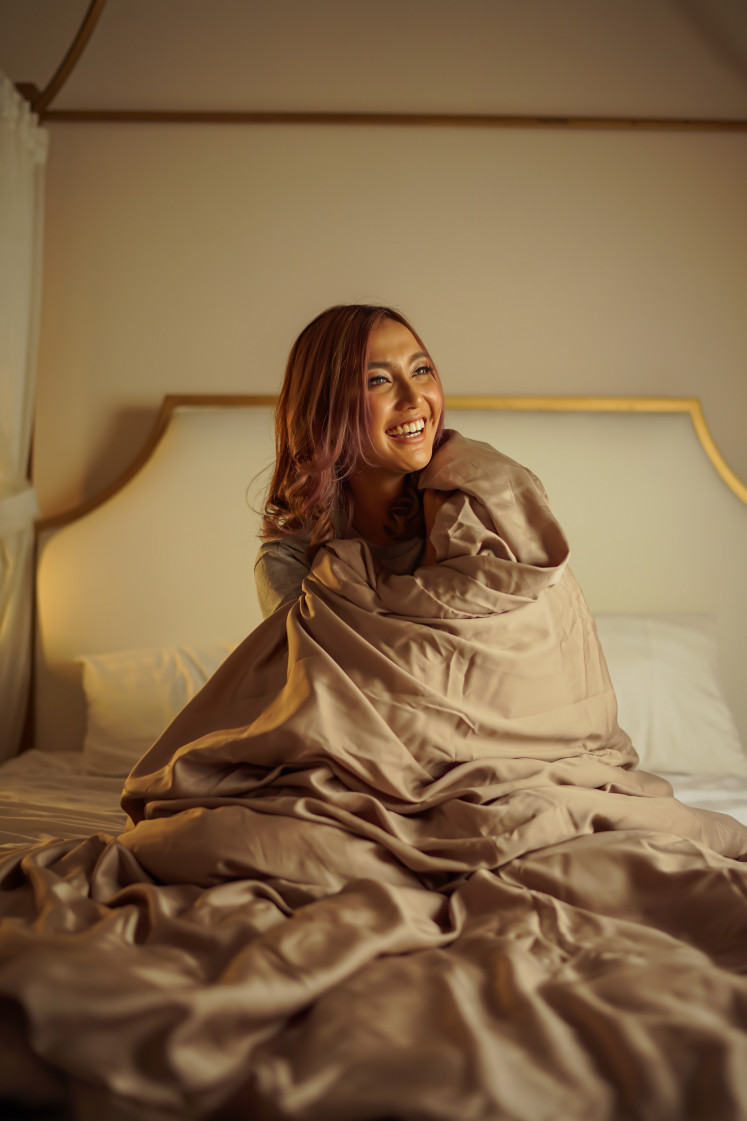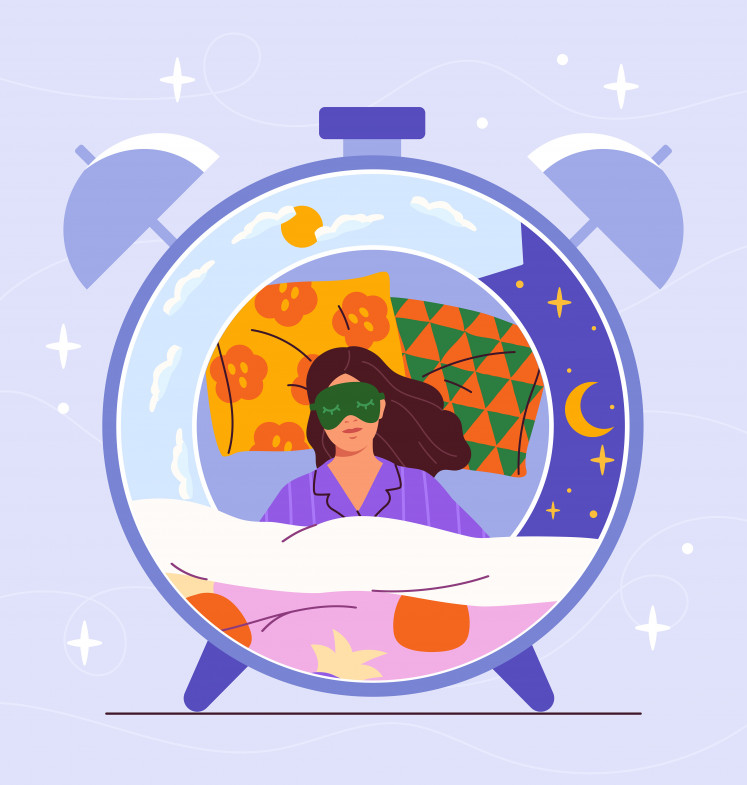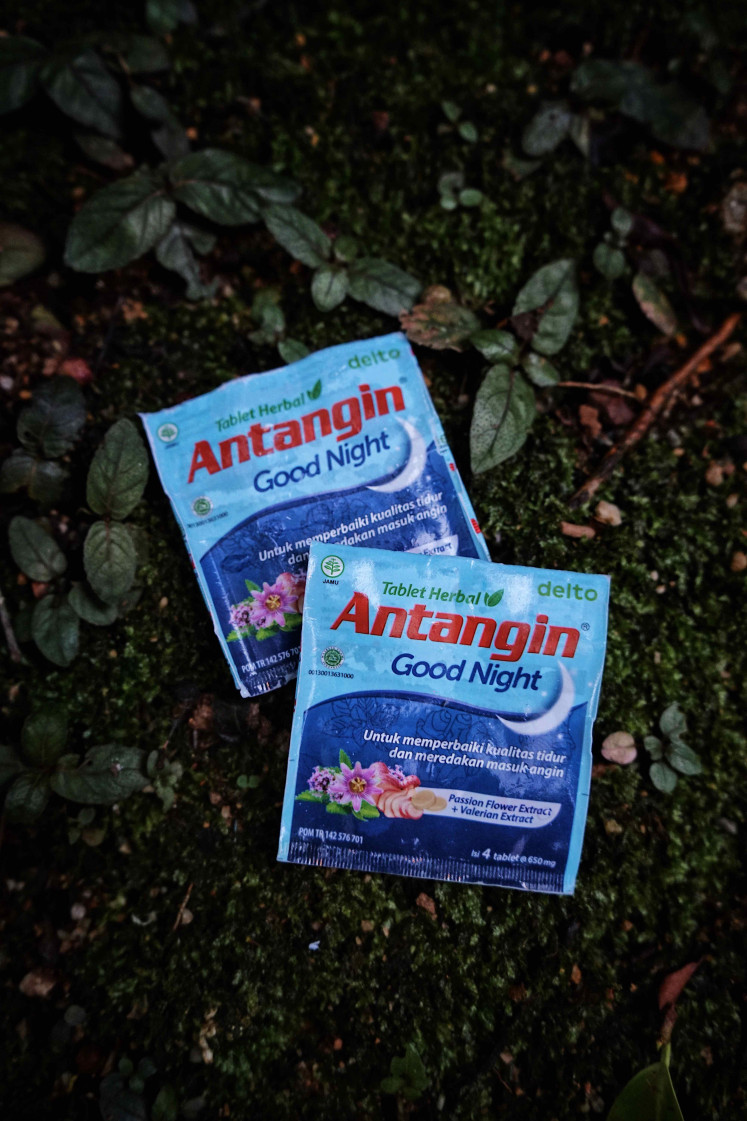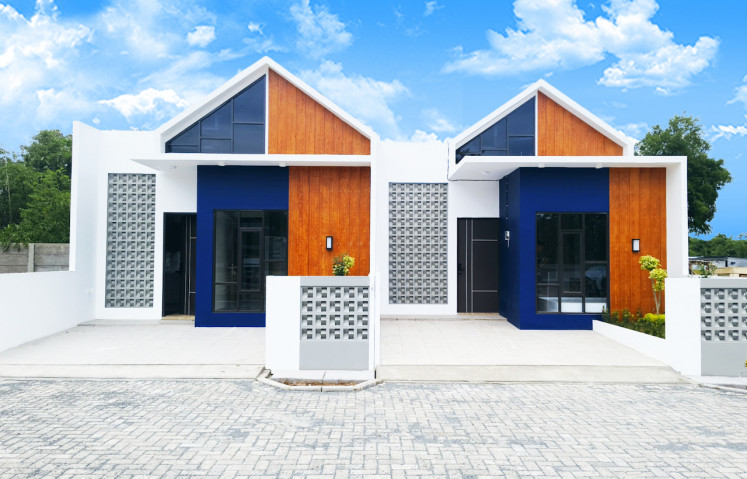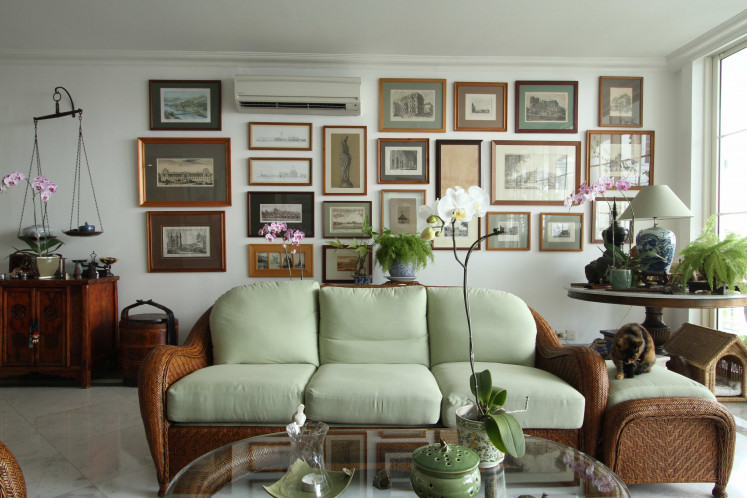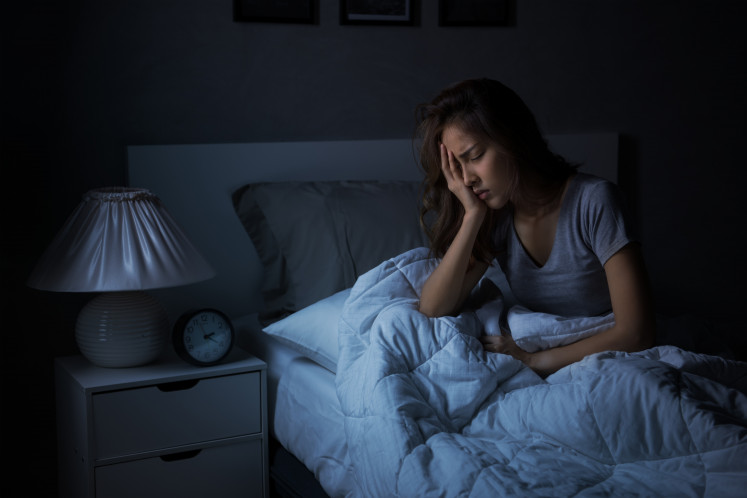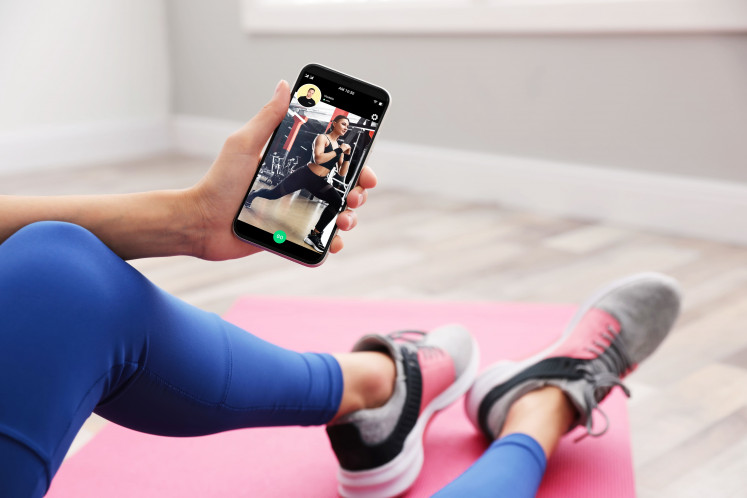Every night after my skincare routine, I switch off the lights and arrange my pillows in a ritual I’ve perfected: baby pillows on either side, roll pillows at the borders and two under my head. The final task is dragging my eight-kilogram weighted blanket over myself, before watching an X-Files episode to lull me to sleep.
I consider myself lucky. Six pillows, one weighted blanket and a streaming subscription usually do the trick. Others need magnesium, white noise machines or a temperature-controlled mattress just to catch a few hours of rest.
Sleep, a basic human need, is now a booming industry.
According to Straits Research, the global sleep market size was valued at US$67.76 billion in 2024 and is projected to hit $113.61 billion by 2033, with Asia-Pacific as the fastest-growing region.
But does a growing market mean better rest? Or are we simply buying into another layer of consumerism?
Do we need eight kilos of fabric to sleep?

Thank you!
For signing up to our newsletter.
Please check your email for your newsletter subscription.
In 2018, studies estimated that 28 million Indonesians, about 10 percent of the population, struggled to fall asleep. Since then, products promising better rest have multiplied, from weighted blankets to sleep trackers.
The global weighted blanket market alone is expected to hit $516 million in 2025, growing at a compound annual growth rate (CAGR) of 7.3 percent over the next eight years. In Indonesia, much of that belongs to the ARTER blanket, founded by Raymond Wong.
“I think we are the pioneers of the weighted blanket brand in Indonesia, and one of our key differentiators is that we have the research to back up our claims,” says Raymond, adding that few other brands do their own research.
. (Courtesy of ARTER)
In collaboration with the University of Indonesia, ARTER blanket studied 30 volunteers over 28 days, 14 before and 14 after using the blanket. While some struggled to adjust, most reported better rest, with lower resting heart rates and reduced stress levels. Overall, sleep quality improved by 47 percent.
Today’s blankets now come with several considerations: design, weight distribution, durability, breathability and increasingly smart features like temperature control and personalization.
But not everyone wants to sleep under eight kilograms of fabric. For others, comfort can come from dermatologist-approved sleep masks or silk pillowcases, two fast-growing categories in the sleep economy.
The global sleep mask market size was valued at $17.9 million in 2024, while the pillowcase market is projected to reach $9 billion by 2035.
These comfort-focused products are nudging sleep into the luxury category.
An ARTER blanket ranges from Rp 2,650,000 ($171) to Rp 4,650,000 ($300), depending on the bed size and weight options available. Sleep masks from brands like Kwala start at Rp 200,000 ($13). Luxurious pillowcases made from materials other than cotton, such as Heveya’s bamboo, start at Rp 900,000 ($55).
The rise and limits of sleep scores
As sleep and technology intersect, wearable devices like the Oura ring measure everything from REM cycles and heart rate to breathing patterns and sleep latency—metrics that claim to track your body’s recovery state.
In 2024, the global wearable sleep tracker market was worth US$14.9 billion, and it’s projected to reach $40.83 billion by 2034.
Research shows that the data these devices collect from multiple sensors can reveal patterns and give doctors useful insights that, ideally, point the way to better sleep. But accuracy is still a challenge. There’s still no universal standard for measuring sleep and little scientific guidance for what those numbers actually mean.
Dr. Andreas Prasadja, a somnologist who has run a sleep lab at Mitra Kemayoran Hospital, North Jakarta, cautions against over-reliance.
“We don't really quantify sleep, to be honest. There's no such thing as a universal sleep score, which makes it kind of hard for us. So if a patient comes in complaining about their score, I have to look at their device and I have to see for myself,” he explains.
At his sleep lab, they use more advanced tools and “black box” equipment to measure unconscious activity. Andreas says the sleep business is growing because people are now more aware that deprivation is a real problem needing to be fixed. At Rp 520,000 ($32) per session, the cost of sleep care has become comparable in cost to therapy.
. (Shutterstock)
“[The younger generation], especially those in their mid-20s, often come in and complain of insomnia,” he says.
“But actually, what they have are circadian rhythm disorders. It's not that they can't sleep. They can, but at 3 a.m. or 4 a.m. It's their biological clock.”
That misunderstanding has fueled another trend: melatonin.
Melatonin and the search for quick fixes
A meta-review of 44 studies found that during the pandemic, 40 percent of people across 13 countries reported sleep problems.
“Behind the scenes, many people are saying that the biggest thing in the pharmaceutical industry isn't vaccines or medications for fevers or anything else. It’s sleeping pills,” Andreas says.
A 2016 study by Nurmiati Amir of Cipto Mangunkusumo Hospital (RSCM) showed that recurring insomnia often drives people to drug and alcohol abuse. Andreas believes melatonin, while widely marketed, is overused. It’s treated like a “first aid kit”.
“But, there are risks. If you take it regularly, at irregular times, your sleep schedule can be disrupted,” he says.
For insomnia rooted in stress or behavior, he recommends cognitive behavioral therapy first, reaching for medication only when all else fails.
Indonesia’s natural sleep solution
In Indonesia, the herbal industry offers an alternative.
Led by products like Antangin Good Night and Herbana Balance Madia Good Night, produced by Deltomed, the market is expected to grow by 7.1 percent annually through 2033, reaching $13.7 billion in 2024.
The difference with sleeping pills? No drowsiness.
“These products have a calming effect and they improve the quality of sleep. With herbal medicine, it's rare that you feel the sedative effect; it's more like you get a better balance,” says Jesslyn Angelia Rahardjo, founder of Herbana and general manager of Antangin Group.
. (JP/Sheena Suparman)
Herbal remedies are non-addictive and non-habit-forming, qualities that appeal to consumers looking for a gentler approach to better rest.
“We process plants and traditional knowledge passed down through generations. We have our own research and modern technology,” Jesslyn adds.
Sometimes, the answer to modern problems may lie in old traditions.
The real price of rest
Andreas emphasizes that overall health rests on three pillars: nutrition, exercise and sleep. If you don’t need medication, herbal or otherwise, don’t reach for it.
In the end, good sleep is about comfort. And comfort is personal.
“Some like a firm mattress, others like a soft one,” Andreas laughs.
He adds that weighted blankets are selling incredibly well to the younger generation, but not to older ones.
Maybe for you, it’s pillows, blankets or sleep masks. For me: six pillows, one weighted blanket and David Duchovny’s face in X-Files. To each their own bedtime ritual.
Whatever works.
But before you click “buy” on the latest sleep-aid product fed to you by the algorithm, ask yourself: What’s really keeping you up at night, and what’s actually helping you fall asleep?
Sheena Suparman is a writer for The Jakarta Post's Creative Desk. She is based in Jakarta but wishes she could be anywhere else. She’s usually powered by coffee, chips and cheeseburgers.
